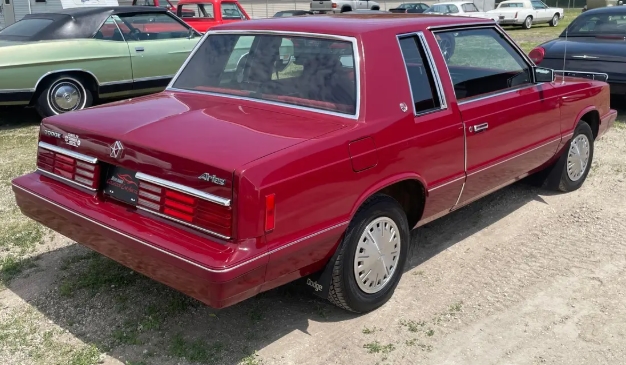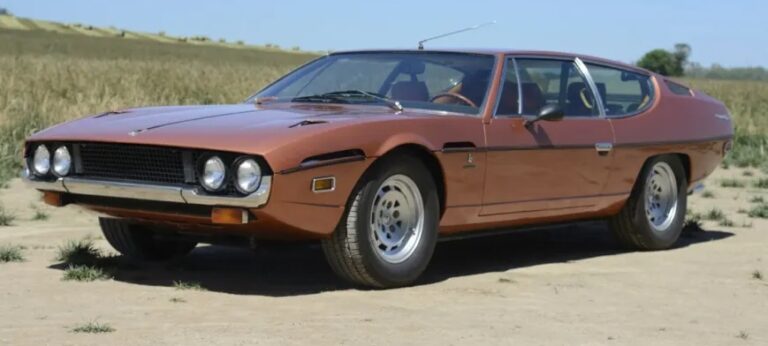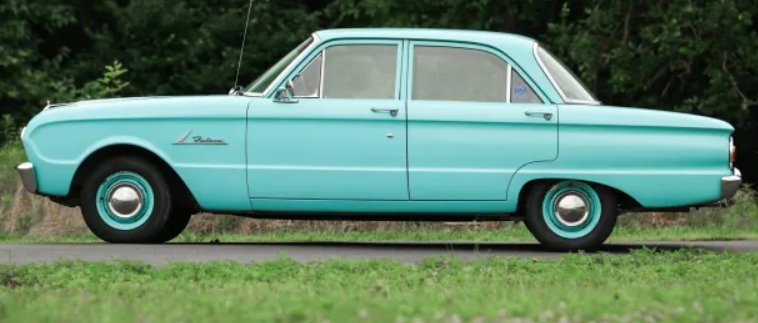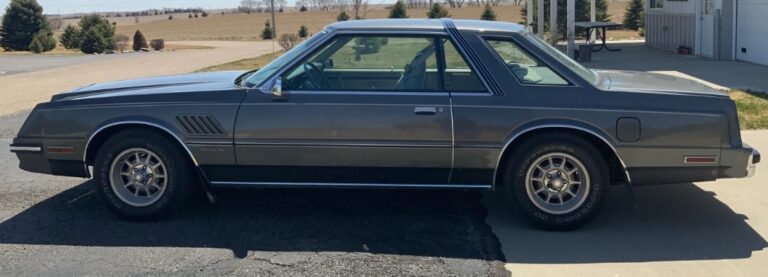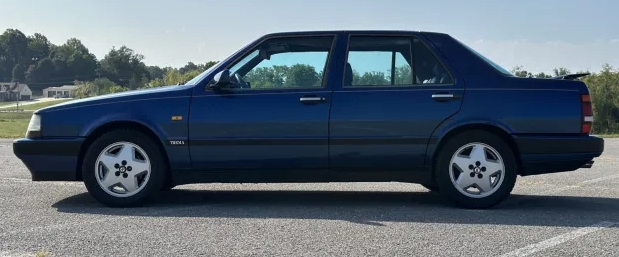The Evolution of the Dodge Aries: A Comprehensive Look
The Dodge Aries, a compact car that played a significant role in the Chrysler Corporation’s history, debuted in 1981 and became synonymous with American automotive manufacturing through the 1980s. Known for its practicality, affordability, and a focus on family needs, the Aries carved out a unique niche in the compact car segment. Below, we explore the evolution of the Dodge Aries, outlining its production years, models, and trim levels throughout its lifecycle.
Origins of the Dodge Aries
Introduced during a period when Chrysler was facing significant financial difficulties, the Dodge Aries was part of the K-Car platform, a modular design that allowed for multiple body styles and configurations. The K-Car revolutionized Chrysler’s vehicle offerings and ultimately played a crucial role in the company’s turnaround during the early ’80s.
Production Years: 1981 – 1989
The Dodge Aries was manufactured from 1981 until 1989, sharing its platform with other Chrysler vehicles such as the Plymouth Reliant and the Chrysler Monaco. The combination of functional design and budget-friendly pricing made the Aries a popular choice among American families.
Models and Trim Levels
The Dodge Aries was offered in various models and trim levels during its production run, appealing to a wide range of customers. Below is a breakdown of the major models and trim levels throughout the years.
1981-1984: The Birth of the Aries
1981
- Dodge Aries: The base model debuted with a straightforward design and practical features. It was available as a four-door sedan and a two-door coupe.
- Trim Levels:
- Base
- DL
1982
- Dodge Aries K: Chrysler revamped the Aries for improved performance and added comfort features. It expanded its engine options with a 2.2L inline-four and a 2.5L engine.
- Trim Levels:
- Base
- DL
- SE
1983
- Optional Features: More optional packages were introduced, including the “Luxury” package, which added more comfort-oriented features.
- Trim Levels still remained similar.
1984
- Continued Success: The Aries saw its first significant surge in sales, outselling many competitors.
- Trim Levels:
- Base
- DL
- SE
1985-1988: Mid-Life Refresh
1985
- Facelift: The Dodge Aries received a slight redesign, including updated body styling and improved interior materials.
- New Engines: The introduction of a turbocharged variant added performance appeal.
- Trim Levels:
- Base
- DL
- SE
- LE (Luxury Edition)
1986
- Further Customization: The Aries continued to attract buyers who wanted a compact yet family-friendly vehicle. Options expanded to include fuel injection.
- Trim Levels remained consistent.
1987
- Sales Peak: The Aries reached its peak popularity in this model year, largely due to its affordability and practicality.
- Trim Levels:
- Base
- DL
- SE
- LE
1988
- Last Year of the Classic Design: The last major iteration of the classic Dodge Aries design maintained the existing features but began to show its age against emerging compact cars.
- Trim Levels:
- Base
- DL
- SE
- LE
1989: The End of an Era
1989
- Final Production Year: The Dodge Aries was discontinued in favor of more modern designs.
- Legacy Models: The Aries was replaced by the Dodge Spirit and Plymouth Acclaim, which promised to deliver an updated and more efficient driving experience.
.
You must SEE these awesome dodge challenger vanity license plates!
.
Market Impact and Legacy
Throughout its run, the Dodge Aries not only contributed to the revitalization of Chrysler but also marked an era where practical, economical cars became a staple of American highways. It offered consumers reliable transportation with versatile options, embodying the “K-Car” ethos of the Chrysler Corporation in the 1980s.
The Aries was a symbol of the pragmatic approach many American families took during the economically challenging times of the early 1980s. Competing directly with vehicles such as the Ford Escort and Chevrolet Cavalier, the Aries often appealed to buyers looking for value and functionality.
In many ways, the Aries served as a template for future models produced by Chrysler, focusing on family-friendly features, affordability, and decent fuel economy. As the automotive landscape shifted through the 1990s and beyond, the impact of the Dodge Aries could be spotted in Chrysler’s lineup for years thereafter.
Conclusion
The Dodge Aries may not be as iconic as some of its contemporaries, but its legacy remains significant in automotive history. The evolution of the Dodge Aries from a basic compact vehicle to a competitive player in the automobile market is a testament to the changing needs of American drivers and Chrysler’s adaptability in the face of adversity.
With a production run of nearly a decade, multiple models, and a range of trim levels to suit various preferences, the Dodge Aries set a precedent for how manufacturers could provide for American families, combining economical performance with practical features. Today, while the Dodge Aries is no longer in production, its spirit endures in the compact car segment, reminding us of an era when simplicity, reliability, and value were the benchmarks for automotive excellence.
